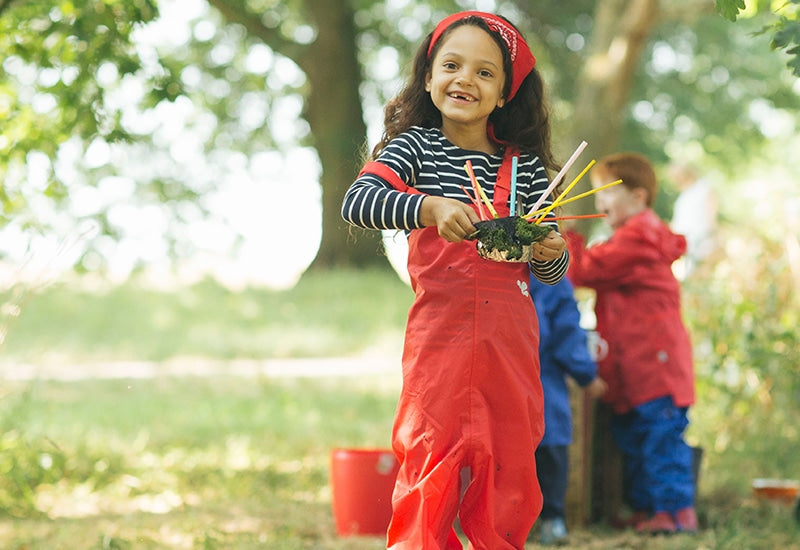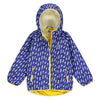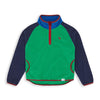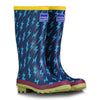
KS2 - Maths – Volume and Capacity – Leaves and Soil
Download our Maths – KS2 – Volume and Capacity – Leaves and Soil Worksheet Here
Learning Objectives
Measurements:
- Choose and use appropriate standard units to estimate and measure mass (kg/g);temperature (°C); capacity (litres/ml) to the nearest appropriate unit, using rulers, scales, thermometers and measuring vessels
- Compare and order mass, volume /capacity and record results.
Resources
- 2l plastic bottles, enough for 1 per team if group working.
- Nail or embroidery needle for adult to make holes in bottles.
- Scales (basic kitchen scales are adequate)
- Rulers, sewing tape measures
- Large sack of rice (approx. 10kg) and funnels.
- Composting ingredients as below:
- Bulking Materials: Dead grasses, pieces of card egg cartons, shredded newspaper, small wood chips.
- Microbe materials: Weeds, leaves, carrot and apple peelings, lettuce, chopped banana skins, bread crusts, all in separate bags.
- A small bottle of water.
- Paper and pencils and clipboards to take outside.
Introduction Activity
In the classroom, put the children into groups and offer each group a 2-litre bottle and a bowl of rice and a funnel.
Then empty the bottles in to a bowl and weigh and record each groups rice.
Ask them to record their results and then show which group has more than or less than using > and <.
Then explain to the group they will be going outside to make collections to fill their bottles with. Set expectations for behaviour and keep the children in their groups.
Activity
The children will be creating their own ‘Rot – Bots’; filling their Rot Bots with natural materials which will over time, change from their current state to make compost or special soil.
Take outside the bags of organic matter. Sit the children in a circle and request the children to explore a defined area of the school grounds to collect dead leaves, grasses, and dandelions, giving 5- 10 minutes to do so. Point out not to pick living leaves from trees or any other plants, and show them an example of a dandelion weed to pick.
Arrange the bulking material at one end of the playground in separate piles, and the microbe feeding material at the other end of the playground again in separate piles.
Use the needle to make small air holes all over the bottle.
Give each group the bottles, and instruct them to fill up to ¼ full with microbe feeding material, and the second quarter with bulking material, the third quarter with microbe material and the last quarter with bulking material. Add a small amount of water to each bottle. Bring the class and the ‘Rot Bots’ back in to the classroom. Ask the children to design a name and decorate a label for each bottle. Show the children a sample of soil and ask if they know what is in it. Explain to the children that something very special is going to be happening to their Rot Bots. Over time the children will be asked to check on their Rot Bots. Explain that the bottles are now full and over time, they should expect to see the volume decrease. The ingredients will transform over time, and you can show the children the sum of: Damp organic matter + air + time = Compost!Extension Activity
Ask the children to estimate what their ingredients weigh and record on their ‘recipe’ their estimates. In groups, offer the same weight of ingredients in the organic matter, eg 5 grams of dead leaves, 5 grams of grass and 5 grams of peelings.









